Feature photo by Victor Montol used under a Creative Commons license.
I am queer. Throughout my life, people have sometimes been able to quickly figure this out about me and sometimes they haven’t.
If you are wondering why I am writing about this on an outdoor adventure blog, hang in there. I’ll come to that in a moment…
Here are a few photos from the last time I was looking rather androgynous. This was about six years ago.
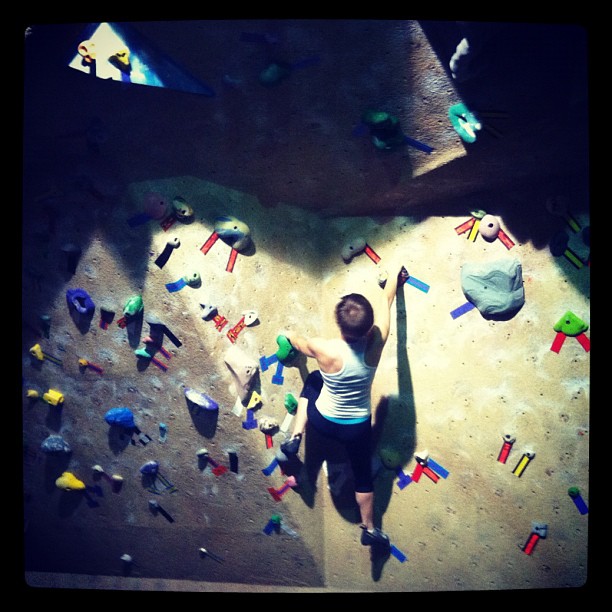
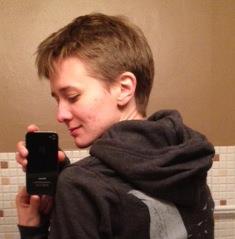
It took a while to slowly morph into the somewhat femme person I am at the moment. Here is what I look like right now when I am not wearing a climbing helmet.
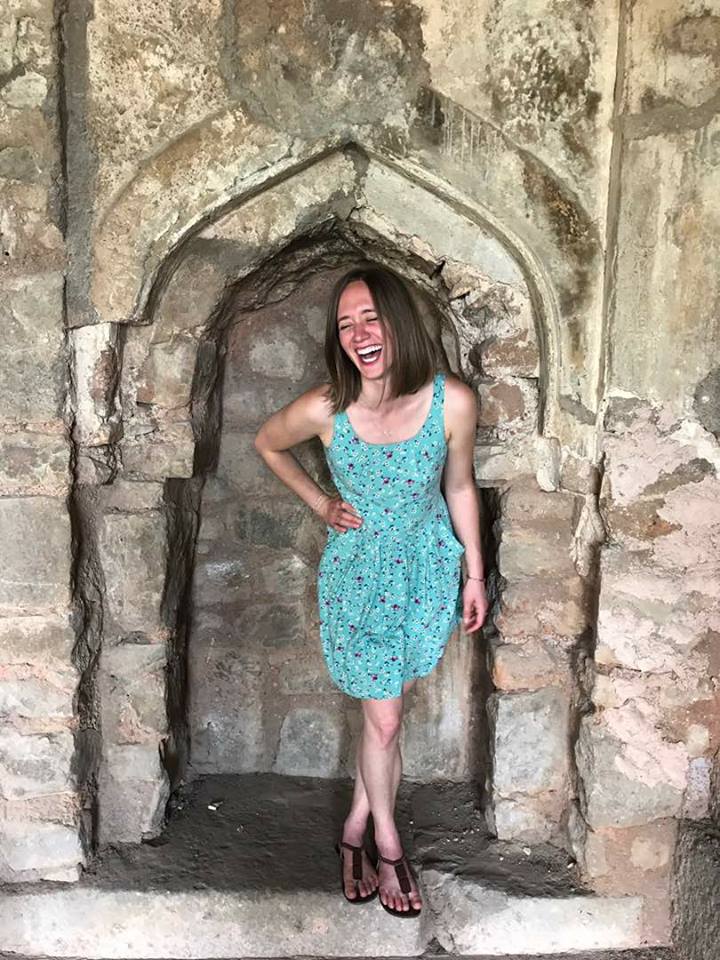
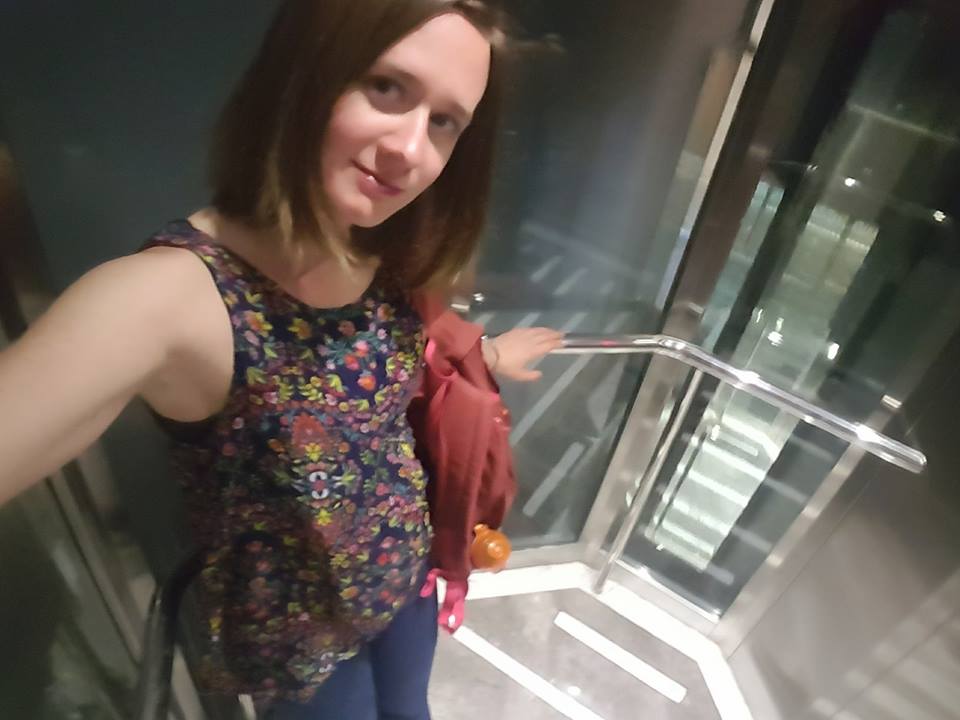
Many people I’ve met in the last five years think I’m straight. I live with a guy. I wear dresses and have long hair.
At first, this new assumption was a very welcome break. I spent most of my adult life enduring the weird, tiring and sometimes scary stuff that comes with looking androgynous and/or dating people who were not men.
I do not have the time nor emotional energy to recount each of these events, nor would you be particularly interested in reading them all. But I will share one story related to theme of this blog.
I have already written about what it was like to be the only women on a 2-week mountaineering course. It wasn’t easy being the only woman, but at least this situation was openly acknowledged. The instructors even told me to talk to them if I needed help.
I was also the only openly queer person on that trip. At first, I stayed quiet about it. Who has time for chit chat when you’re struggling with crampons for the first time?
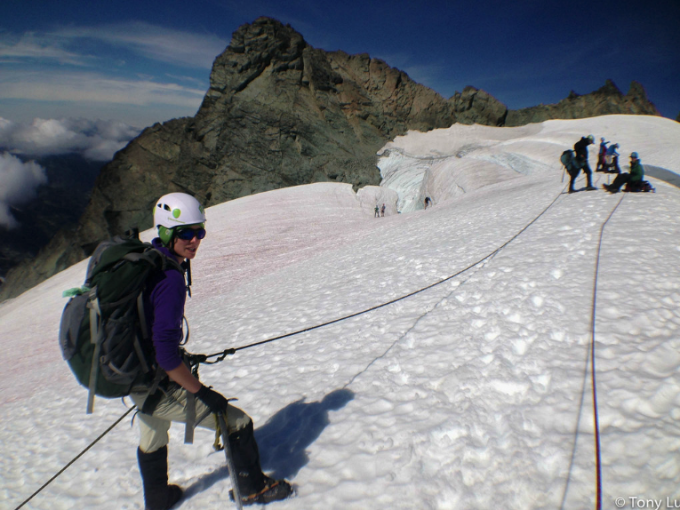
As we started to get a hang of ice axes and four-season tents, we found time to talk about our lives and what brought us to the course. And for me, that meant mentioning about my recent divorce from my wife.
It is scary to come out to a group of strangers when you’re in the middle of nowhere. You hope most people have the decency to just move along when you say “she” and “ex-spouse” in the same sentence. But what if they don’t? There is no way to get away from people when you are literally tied together on a rope team.
And in my case, one kid in our group was awkwardly overwhelmed with this new information about me. He was already struggling to understand that I, as a woman, did not require his hand to step over a log. While spending time with me was perhaps a useful learning experience for him, this was an extra burden for me. I was already exhausted just trying get through the physical demands of each day.
And I don’t want pin all of my discomfort on just one person. There are so many things that go into creating the culture of a group. An one individual can only have so much impact — for better or worse.
You may not personally understand how draining experiences like this can be.
But they are. It’s not that I can’t handle a few weird questions or awkward comments once and a while.
It’s the low-level fear of what might happen. It’s the memories of bad things that have happened in the past. It’s the loneliness hiding when you really want to connect with other humans.
And so sometimes it feels safer to just not put yourself out there. You decide to not sign up for that class. Or not take a chance and join a bunch of strangers on a hike. You stay home. You keep connecting with people you already know.
And I very much acknowledge that I have this much easier time than many queer people. As a white, middle-class, Canadian I have access to resources, legal protections and social advantages that many people do not.
And so this is why I am writing about being queer on my outdoorsy blog.
My hope is that by sharing my story, a few people may understand a little bit more about some of the barriers queer people face getting outdoors, especially in traditionally masculine spaces like mountaineering.
And I would also like to challenge my fellow outdoor adventures to take a look at the people around you. Do the people at your climbing gym look like you? Do the people in your hiking group have lives similar to your own? This can be about gender or sexual orientation. But it can also be about age, race, economic background, religion, ability and so many other things. We are all a mix of all of many intersecting identities.
What can you do to make your outdoor spaces more inclusive?
Discover more from We Belong Outside
Subscribe to get the latest posts sent to your email.

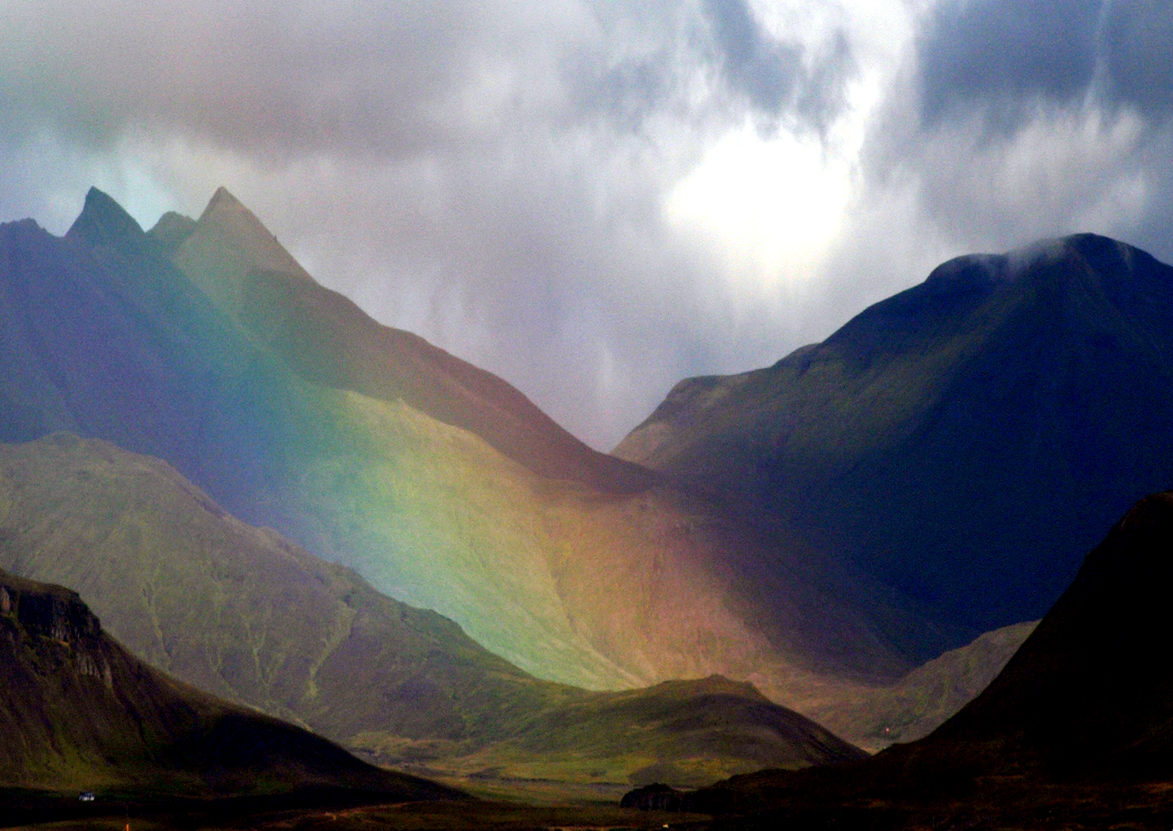
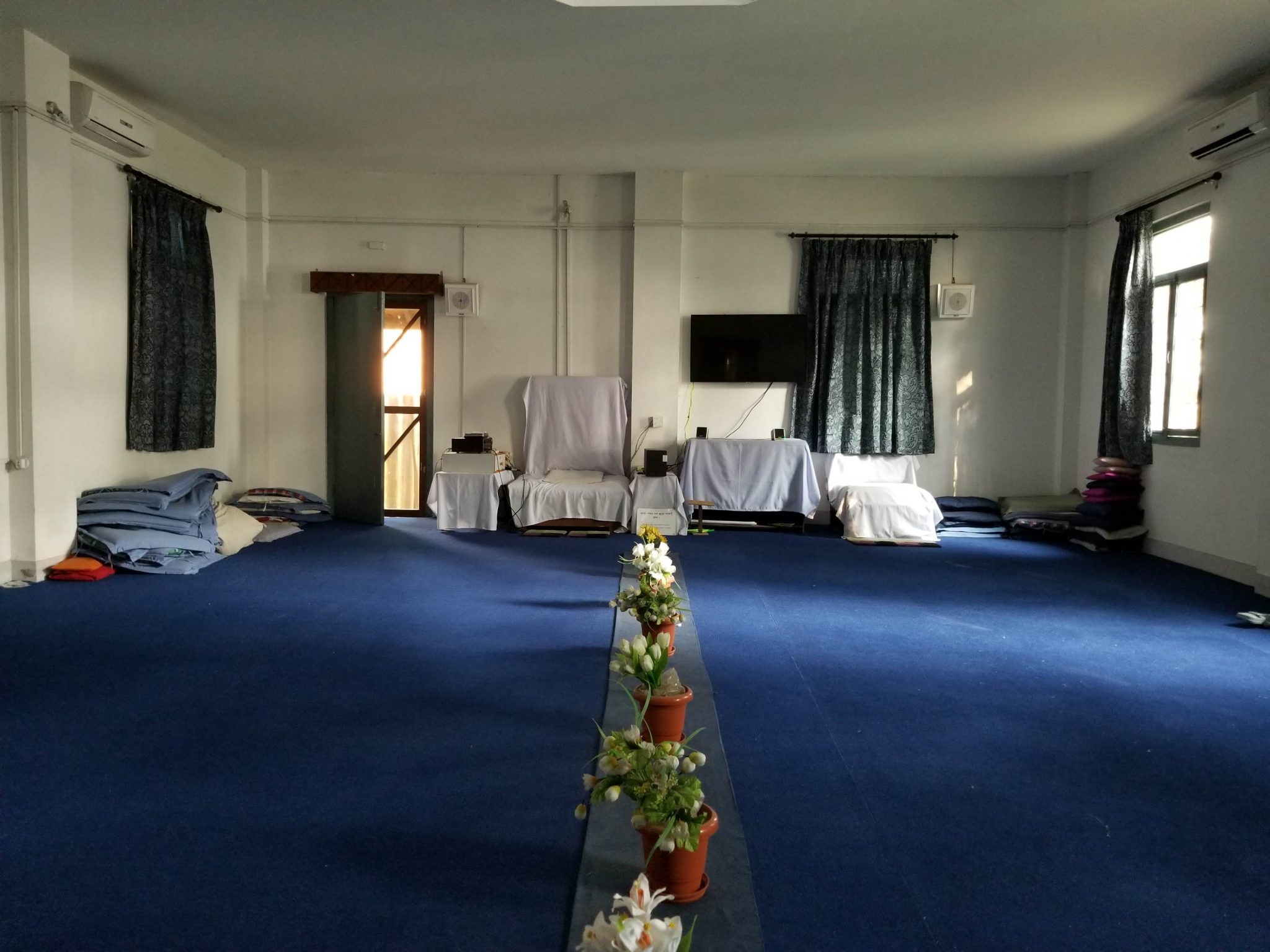
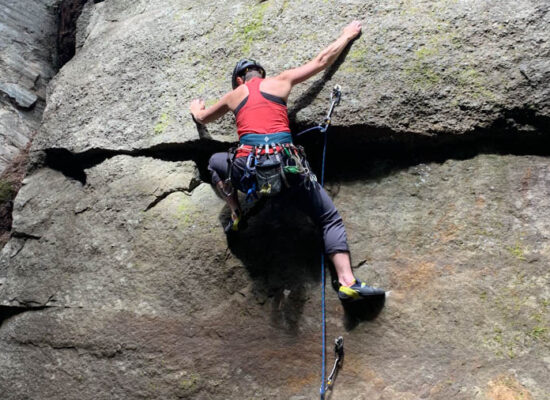
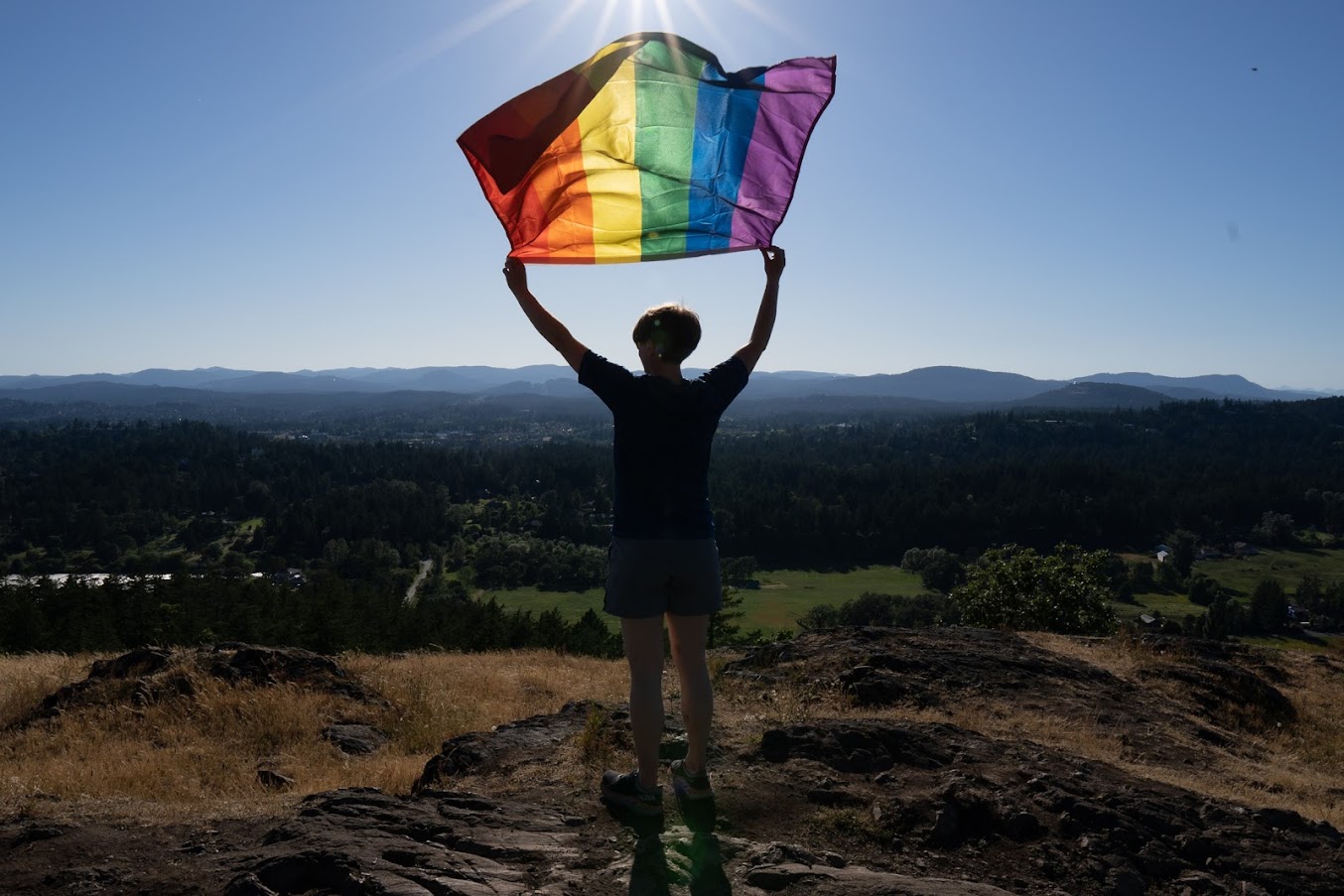
4 thoughts on “My experience as queer hiker and climber”
Hey Jes!
I think you rock. I not only appreciate your hiking and climbing stories, but for you to come out and post this is wonderful. I think you are very well written and to the point. I simply like your adventures and who you are!
Just be and be happy 😊
Vincent
Thanks for your kind words 🙂
Love. This. So. Much. Thanks for sharing so openly about your experiences! 🙂
Thanks so much for the nice comment! Reading your blog inspired me to write more about this 🙂